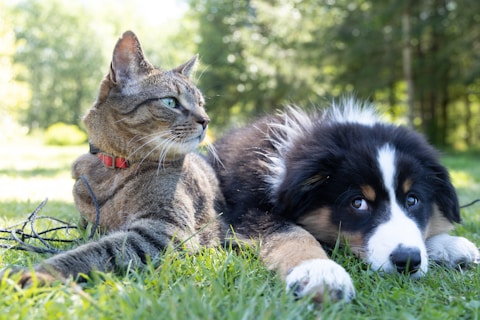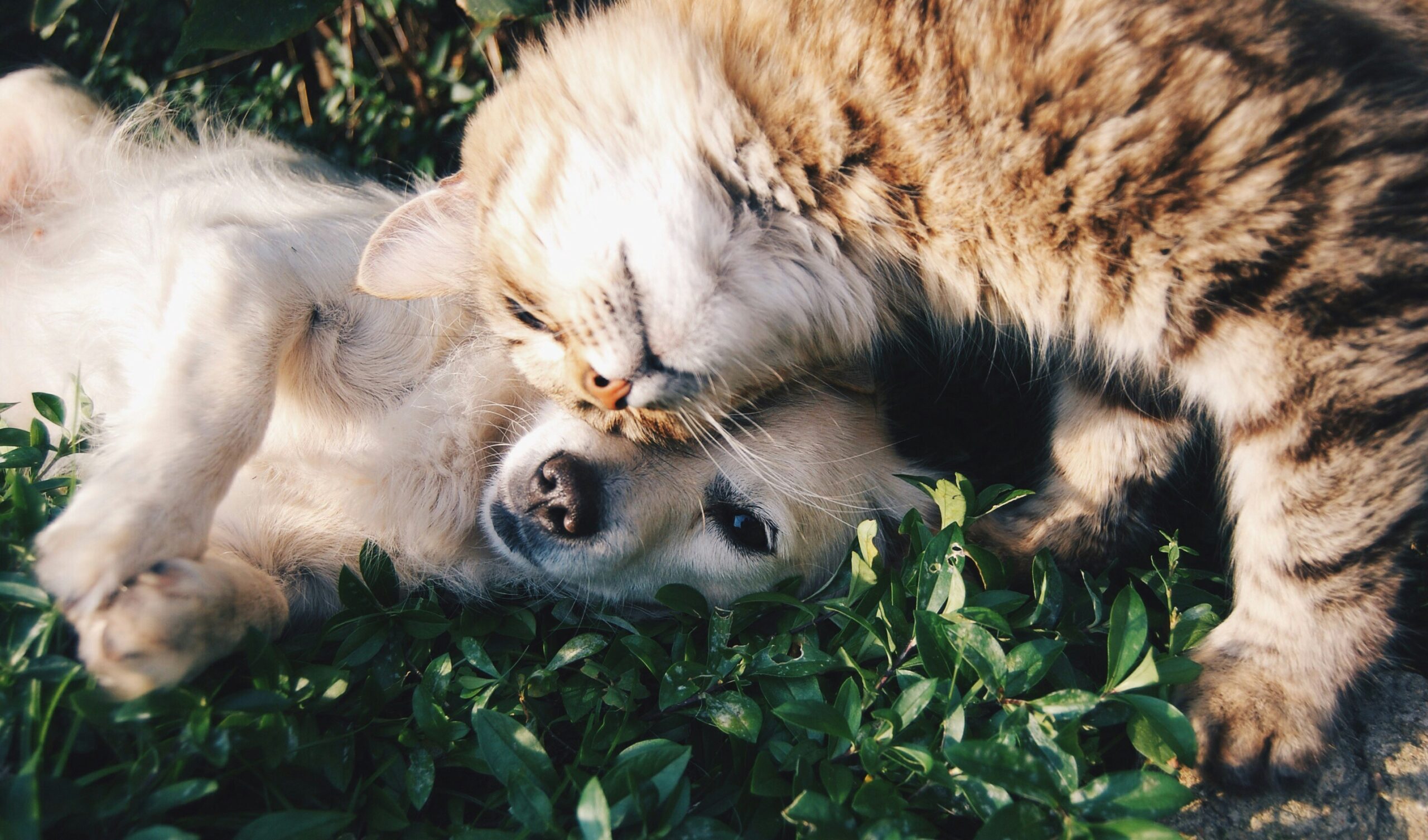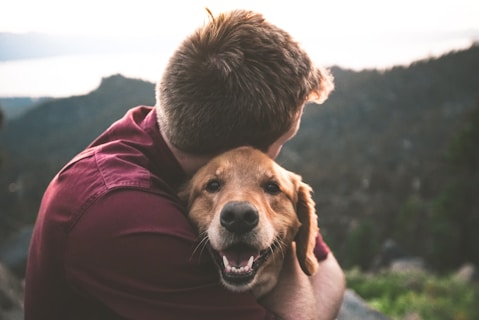Dogs can’t speak our language, but they communicate with us constantly through body language. From a wagging tail to flattened ears, your dog is always telling you how they feel. Learning to read these signals helps you build a stronger bond, prevent misunderstandings, and respond to your dog’s needs with confidence and care.
Why Body Language Matters
Your dog uses body language to express emotions like happiness, fear, stress, excitement, and even confusion. Understanding these cues helps you:
- Avoid pushing your dog into uncomfortable situations
- Recognize early signs of stress or illness
- Strengthen trust and deepen your relationship
- Train more effectively with better timing and response
Key Body Language Signals and What They Mean
1. Tail
- Wagging loosely, mid-height: Relaxed and happy
- High and stiff wagging: Alert, possibly agitated or overly excited
- Tucked between legs: Fear, submission, or discomfort
- Still tail: Focused or uncertain
2. Ears
- Upright and facing forward: Curious or alert
- Pinned back: Nervous, scared, or submissive
- Relaxed: Comfortable and calm
3. Eyes
- Soft, blinking eyes: Friendly and relaxed
- Wide eyes, whites showing (“whale eye”): Anxiety or stress
- Direct, hard stare: Warning or challenge—do not approach
4. Mouth
- Open mouth, tongue out: Content and relaxed
- Closed mouth, tense jaw: Uncomfortable or on alert
- Yawning: Tired—or could be stress
- Lip licking when not eating: Anxiety or appeasement
5. Body posture
- Loose, wiggly body: Happy and friendly
- Stiff, upright posture: Alert or uncomfortable
- Cowering or low body: Fear or submission
- Rolling over and showing belly: Submission (or a request for belly rubs, if relaxed)
Common Emotional States and Their Signs
Happy and Relaxed
- Soft eyes, wagging tail, relaxed posture, open mouth
- Willingly engages with people and surroundings
Fearful or Anxious
- Tail tucked, ears back, yawning or lip licking
- Hiding, pacing, or attempting to escape
- Avoids eye contact
Aggressive or Defensive
- Growling, snarling, raised hackles
- Hard stare, stiff body, curled lips
- Tail high and stiff, ears forward
Playful
- Play bow (front end down, rear up)
- Bouncy movement, tail wagging
- Open mouth and bright eyes
How to Respond to Your Dog’s Signals
- Respect boundaries: If your dog is fearful or stressed, give them space.
- Reinforce calm behavior: Reward relaxed body language with praise or treats.
- Avoid punishment: Growling is a warning—if you punish it, your dog may skip the warning and bite next time.
- Offer comfort: If your dog is anxious, use a calm voice, gentle touch, or retreat to a quiet area.
- Observe patterns: Every dog is different. Learn what your dog’s unique signals look like over time.




